
OR
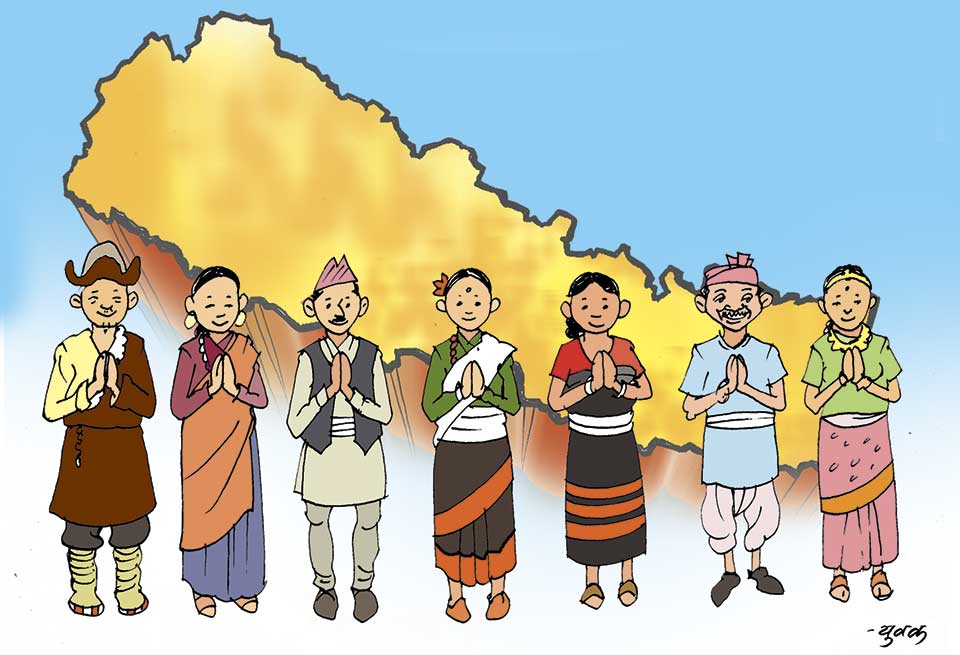

Mukesh Baral
The author is Cofounder at Advocacy for Refugee and Immigrant Services for Empowerment (ARISE), a nonprofit organization based in Massachusettsmukeshbaral@yahoo.com
Life of Nepali language and culture in the US largely depends on our ability to successfully pass it to the next generation.
The rise of Nepali language classes in every major city of America forces you to think about this new wave of consciousness—an attempt of connecting children to their language and culture. It is really soothing to see Nepalis, one of the ethnic minorities in the US, uniting and pulling the resources together to run Nepali classes for their kids. The movement of preserving the language is real and is getting recognized by more and more Nepalis living in the US.
Nepali diasporas perceive this movement in two different ways. Those who believe in raising children who are proud of their language, culture and heritage want to be a part of an effort to keep Nepali cultural and linguistic roots alive. Others do not quite see the benefit of Nepali flowing through the tongue tips of their kids. “What’s the use?” one of the hyphenated Americans, retorted in his Nepali American tone, during one of the gatherings when topic of learning Nepali surfaced.
Some parents understand the use when kids fail to communicate to their grandparents and other relatives who don’t speak or understand English. Some parents understand it as an important connection when they see their kids detached from their culture. Some understand it as a language key to their kids’ identity. Some see the contribution of their mother tongue for cognitive, social, and emotional growth of their kids.
If you are proud of who you are, or where you came from, you don’t have to sacrifice your identity and heritage.
Nepali is a rich language with more vowels, and consonants, a lot richer in comparison to English. Give your name to any Nepali reader in writing. You will never hear them ask: “How do you pronounce it?” I started paying attention to that after being called Moo-Cash, Moo-kiss, or anything, but by my name. The confusion is caused because of the lack of an engraved sound system in English alphabets.
The same “a” stands for different sounds depending on where it is in a word. Unlike English, Nepali sound system is entirely engraved in its alphabets— Devanagari. So butchering of your name is impossible. Once you identify Nepali alphabets, you automatically master the sound system. You don’t have to ask people how they write their names in Devanagari. You write the way it rings to your ear—the way it is pronounced.
Nepali is a language that has one of the world’s most detailed writing scripts. But many Nepalis here in the US do not see it that way. Most Nepalis feel proud when their kids spit out sounds of American English like popcorns popping inside a microwave. They beam with pleasure and respond back slowly, with a heavy accent, fishing words from their Nepali thought process and translating them into English, which almost sounds like the last few remains of the lost corn seeds popping haphazardly, out of a discarded Nepali furnace.
With a sentence that might weigh as heavy as a pound, as it runs down their Nepali-American mouth, they declare: “S/he does not know how to speak Nepali,” as if it is a matter of pride that their kids do not speak their mother tongue. And they do so with an air of arrogance—like those Americans who declare, during random conversations, that they are weak in Math, as if it is smarter thing to be. And they scan around proudly for nodding heads—conforming their opinion on the topic. They completely ignore the fact that since our mutual first language was Nepali, the uphill climb that they just had in ‘Ninglish’ (read Nepali English) was unnecessary, to say the least.
Nepali in Nepal
This love for English, within a Nepali diaspora, is not exclusively American. The stories resonate throughout the globe and Nepal has been undergoing through the similar makeover for decades now. Parents in Nepal, even when I was a kid, used to get enslaved by those who could speak English. Parents would feel proud to enroll their children in “English only” schools. When schools waived their magical wands of best English speakers, parents used to fall like fireflies. Those schools that showcased Nepali language quickly disappeared, others morphed into something they never were.
From the sweltering hot plains of Tarai to chilly villages under the peaks with melting snow, English is rapidly becoming the language of choice in Nepal. English is this royal prince that everyone is eager to embrace, even at the expense of sacrificing his or her only beloved child. British never ruled Nepal. This successful invasion of English into the Nepali psyche is inconceivable. Thanks to that invasion in-part, this chain of thought, paradoxically recorded in English, would have found a Devanagari script otherwise.
It’s a no-brainer that Nepali language played a great role in conquering and sustaining the entire hilly kingdom—extended all the way to the borders of northern India. The swinging Khukuris of brave Gorkhas, without riding the wave of Khash dominated language, would not have created the Nepal that we know now. In the process, many local ethnic languages sadly were structurally pushed into the margins, and cultures of those minorities were almost decimated. It was only in the early 21st century, the ethnic languages and cultures of different ethnic demographics were seen as assets rather than liabilities.
Ironically, the luster of Nepali language that conquered psyche of multi-ethnic hilly people seems to be awaiting a similar fate of those ethnic languages it has pushed to the margins. Nepali, the language of Khukuri waving Gurkhas, that captivated even the English weaving British Empire, magically built a Nepali bridge over the English Channel and survived the British onslaught. It is yet to see whether it will survive or drown in the vast English churning systems created by British Empire and sustained by global American hegemony.
Hindi and other Indian languages, in the south, are undergoing the same cycle of erosion. But Hindi is also encroaching on Nepali psyche, piggybacked on Indian soap opera and Hindi films. The cultural shift it has brought is worth observing.
On the other hand, the Chinese recently have expanded their language reach and are entering into the elite schools of Kathmandu and around. Chinese language, especially Mandarin, flowing with the economic riches through Belt and Road (BAR) project connection to Nepal will have bigger impact on Nepali language and culture as a whole.
In a way, it is good that Mandarin and Hindi are undercutting expansion of English by flexing demographic and political muscles in Asia.
But, they might be negatively impacting the spread of Nepali language as a whole, if left unchecked. It all depends on the policy Nepal will introduce in keeping and strengthening Nepali, spoken not only in Nepal, but also around the world—at least within Nepali diaspora.
Integration or assimilation?
Many Americans with their roots in different parts of the world are undergoing similar trenches as Nepalis in America. The conflict between integration and assimilation is real. People who value their languages and cultures chose the route to integration and still find a way to be a part of an American fabric that is largely multilingual. Indians are an example. Even some Europeans like German, French and Italian, to name a few, have kept their languages and cultures largely intact.
It is a difficult road, especially for minorities like Nepalis, amid a climate where English is being trumped as the only language of America or the prerequisite to prosperity. But English like many languages is just the means of communication and does not reflect your intellect, and definitely is not the ticket to American Dream.
Look at millions of Afro-Americans whose first language is English. They might as well go to the churches every Sunday like their white counterparts but they are mostly trapped in cycle of grinding poverty. If English language was the ticket to prosperity, the picture would have been entirely different. Ability to speak English might provide you an understanding of the century-old discriminating state structures, but does little to break them.
It is easy to succumb to pressure of forces shoving assimilation. That is quite a battle, if you are trying to make a living in a new society. And if you are looking for acceptance, it is normal to agree to the terms and conditions of a larger cultural demographic you are craving to be a part of. Some people are enslaved to the extent that they desire to be white, in every possible way. That is an entirely different issue. But, if you are proud of who you are, or where you came from, you do not have to sacrifice your identity, your heritage, or anything that you think is your core, just because some people are asking you to.
Yet there is an increasing trend of giving English first names to Nepali kids. The logic: it would be easier for them to be accepted in America. This logic of securing better future for their kids, by giving them English names, is kind of a stretch. Just for the record, Mike Browns of African communities do not have a better acceptance rate than Tamir Rices of America. Minority kids combined will be the majority face of American schools by 2020. The days of feeling insecure for carrying a minority name are getting over, unless you are choosing assimilation over integration.
Sustaining the roots
The movement of connecting kids to their roots through language and culture is purely voluntary. Some of these classes are run with the help of small grants from here and there and time devoted by community members. But it is impossible to sustain these Nepali-learning centers with limited resources. Nepali Class Boston, for instance, has more than 100 students. It is really hard to manage space, time and resources to run four classes at the heart of Boston. Nepali classes in other cities may be undergoing similar challenges.
These learning centers, scattered throughout America, have the potential to become oases of Nepali language and culture. But it requires funding to develop and design courses suitable for the kids who speak only English in regular schools and often at homes. It requires materials written and taught from the perspective of minority language learners surrounded by a dominant language and culture. Nepali language skills of these kids depend on the sustainability of these oases. Garnering a wider support from Nepali diaspora is a must for that.
Interestingly some Nepalis in America, including the NRN representatives, are invested in creating Nepali Centers, with icons of Buddha and Shiva or other Hindu Gods and Goddesses. It’s almost surreal to see these people prioritizing constructing a Nepali Center, a building of bricks and mortar, but failing to invest on creating a culturally and linguistically conscious future generation required to sustain their Nepali roots.
Investing on carving a culturally and linguistically aware generation has to be the priority as it becomes more difficult to teach kids the new language and the sound system as they age. Parents who write hefty checks every month to build a Nepali Center have to understand that buying a field does not guarantee the production of crops. The investment has to be in planting the desired seeds and continuously taking care of them.
Life of Nepali language and culture in the US largely depends on our ability to successfully pass it to the next generation. It is an uphill battle, but totally worth fighting for.
The author is Cofounder at Advocacy for Refugee and Immigrant Services for Empowerment (ARISE), a nonprofit organization based in Massachusetts baral.mukesh@gmail.com
You May Like This

We are Nepali at heart despite changed identity: Indians of Nepali origin
KHUTAUNA, (Bihar), April 28: Two blue boards reading ‘Pahadi Tola’ hang on both sides of the entrance gate of Khutauna... Read More...

Nepali Market for Nepali Products
KATHMANDU, Oct 19: It is not necessary that there is a back story behind every business. The Local Project started as... Read More...

Nepali Embassy in UAE holds talks to promote Nepali products
UNITED ARAB EMITRATES, Feb 24: Nepali Embassy in the United Arab Emirates (UAE) has held an interaction program in a... Read More...


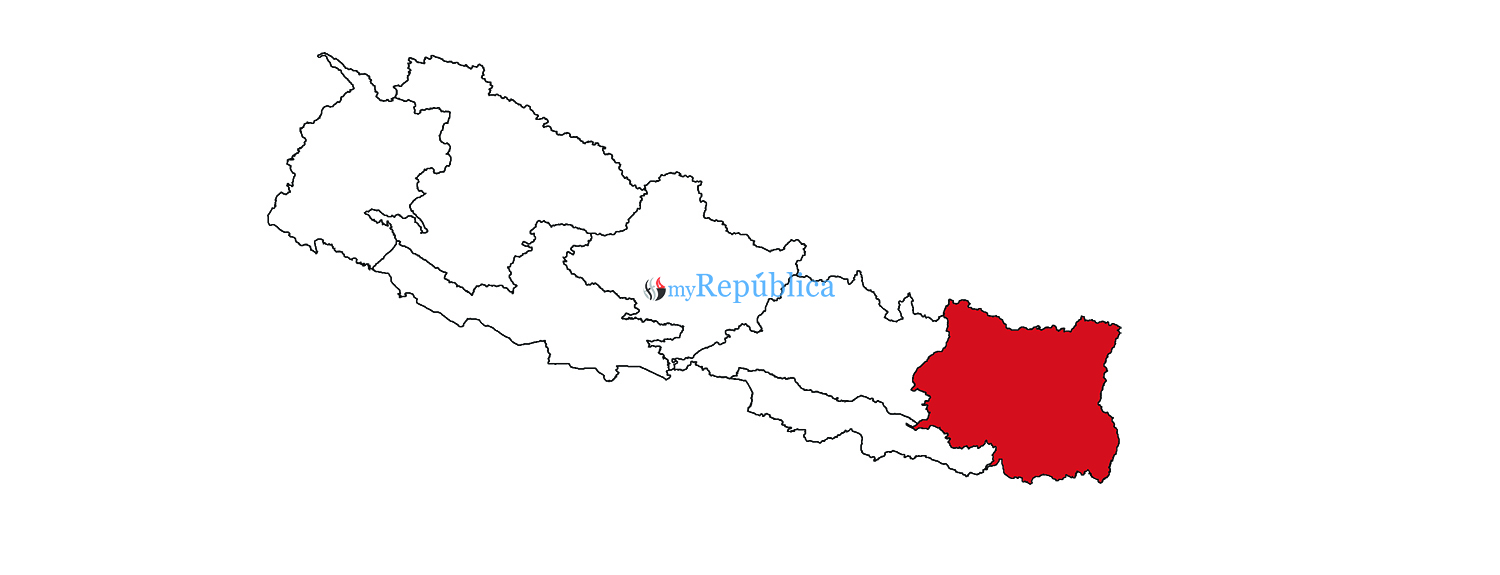

Just In
- Rupandehi District Court orders to release Dipesh Pun on a bail of Rs 400,000
- Teachers’ union challenges Education Minister Shrestha's policy on political affiliation
- Nepal sets target of 120 runs for UAE in ACC Premier Cup
- Discussion on resolution proposed by CPN-UML and Maoist Center begins in Koshi Provincial Assembly
- RBB invites applications for CEO, applications to be submitted within 21 days
- Telephone service restored in Bhotkhola after a week
- Chemical fertilizers imported from China being transported to Kathmandu
- Man dies in motorcycle accident in Dhanusha









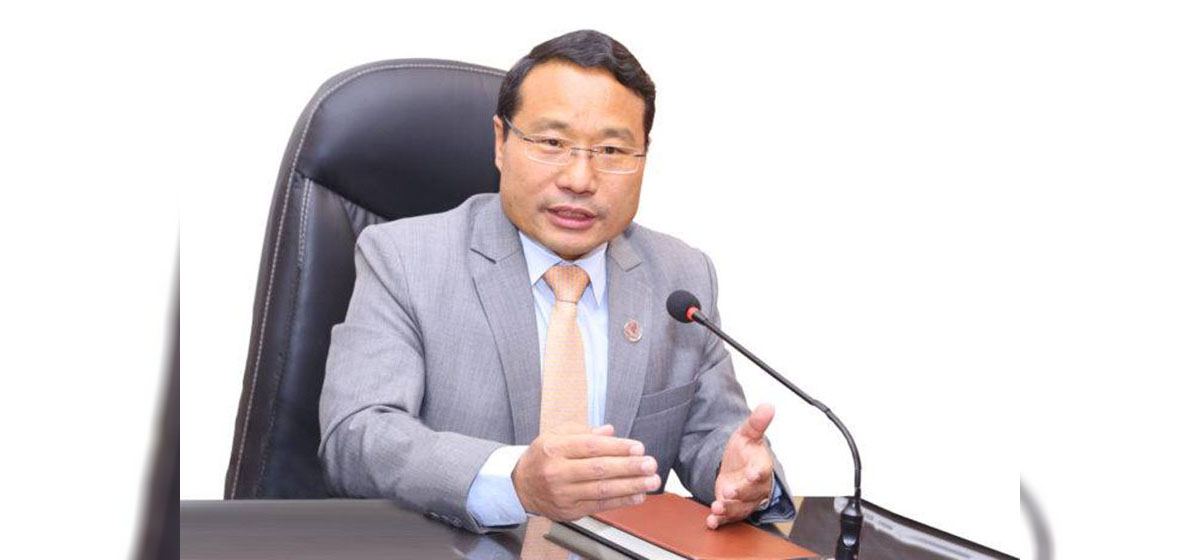

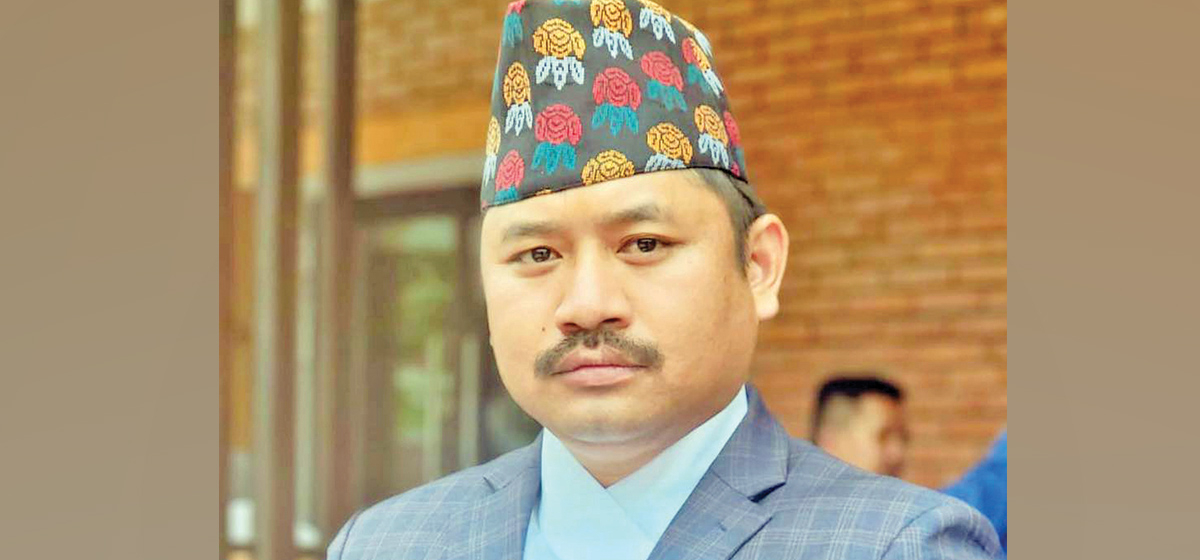
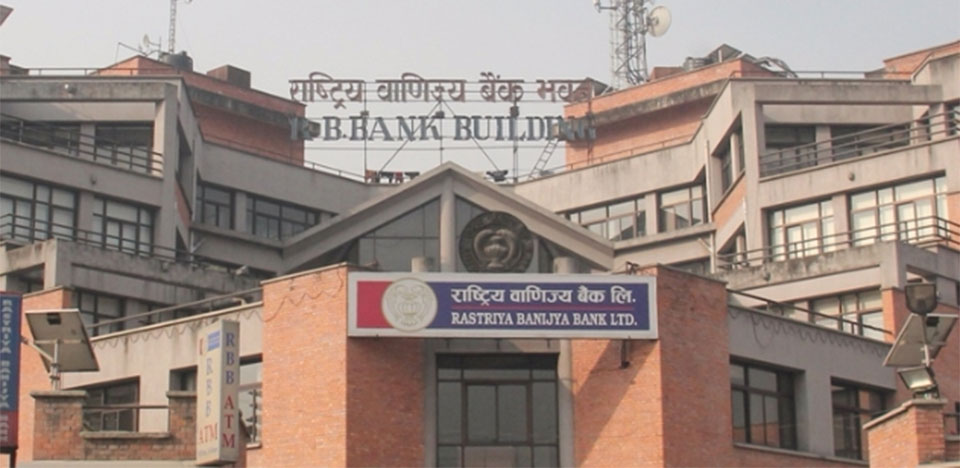
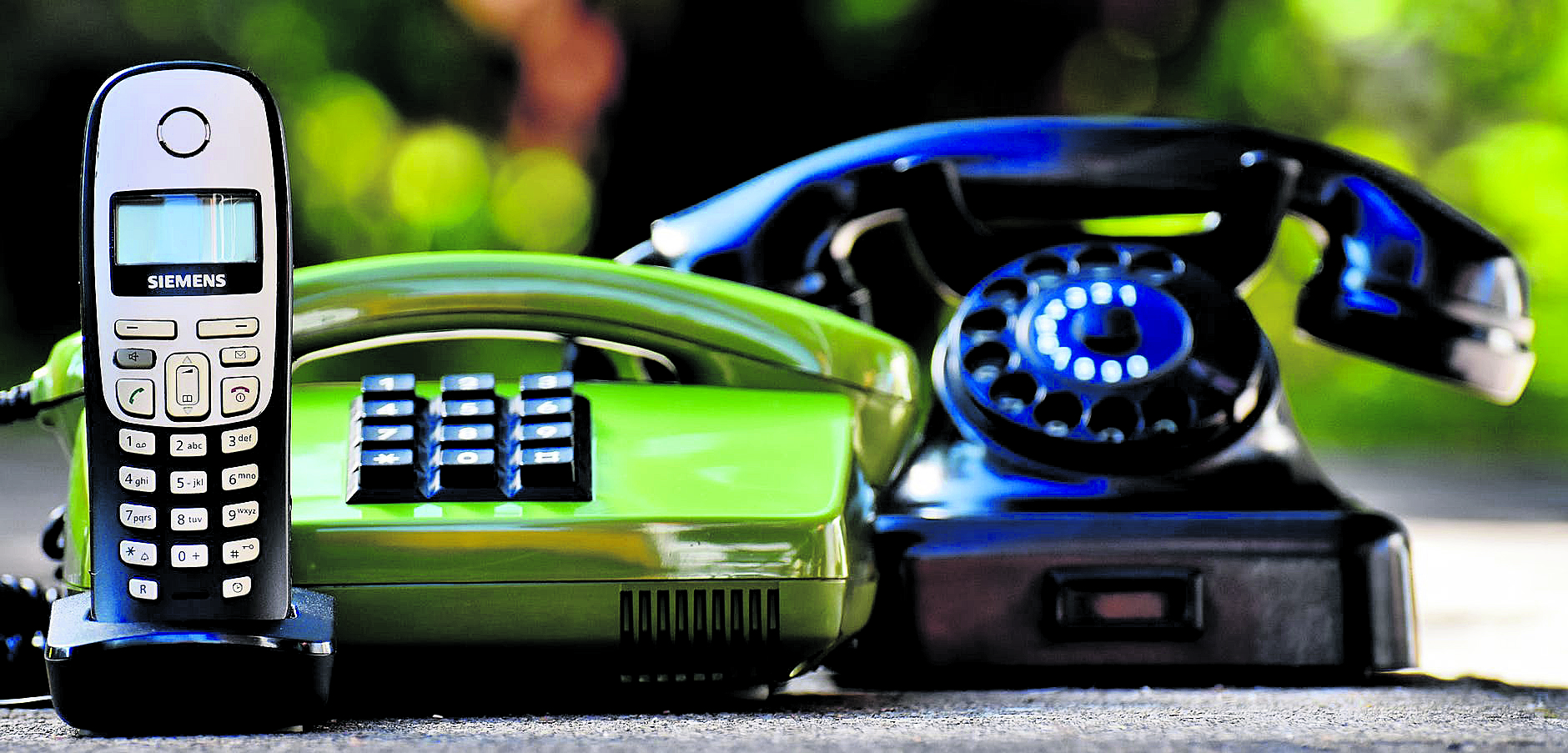

Leave A Comment